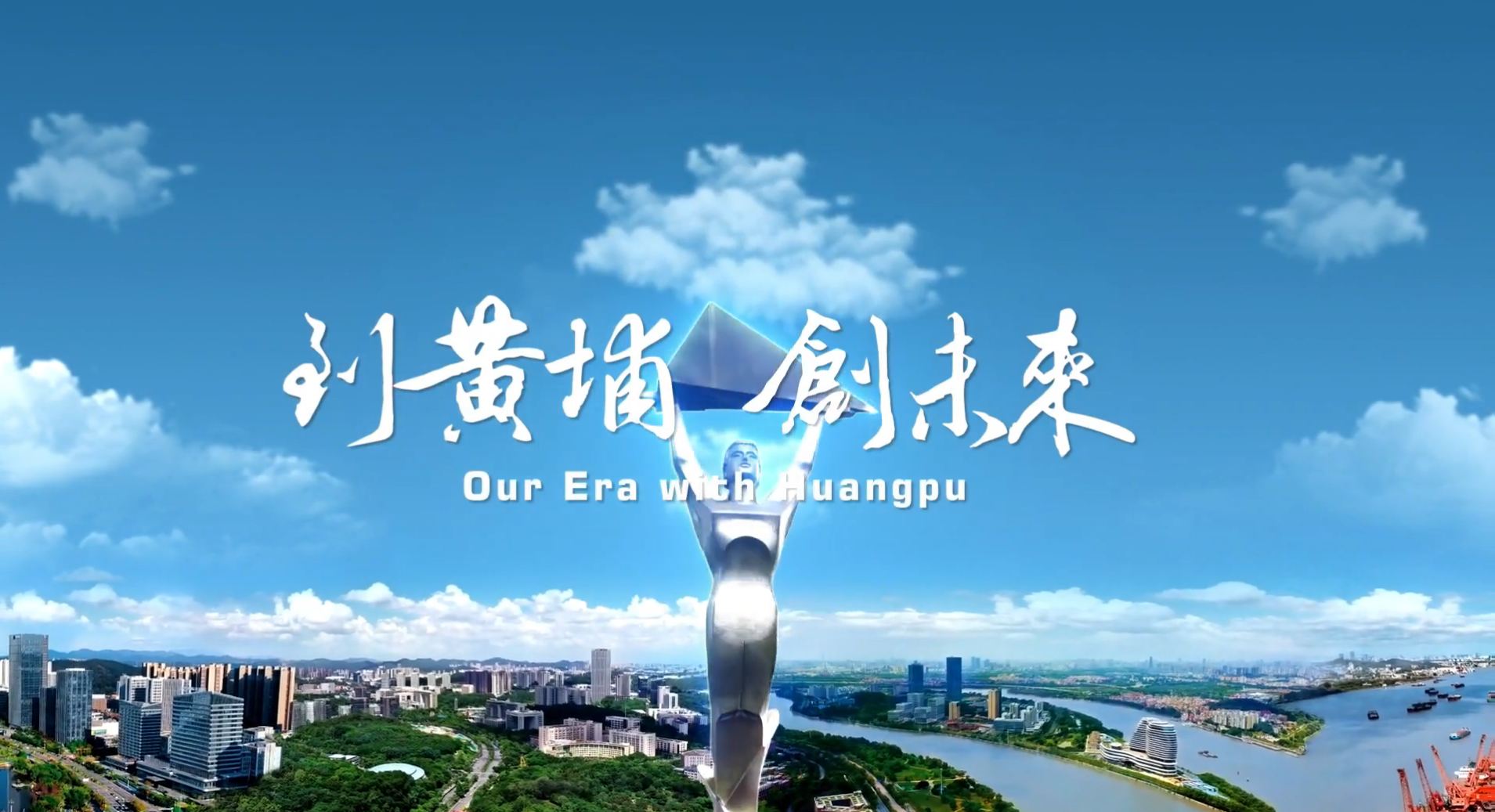Wen Wei Po: high-speed trains to equip 5G base stations
Updated : 2019-10-15
Passengers use their mobile phones on a bullet train. [Photo/Wen Wen Po]
An award ceremony for the Zhanfang Trophy, a prize given to outstanding 5G applications, was held in Guangzhou Development District, South China’s Guangdong province on Oct 11.
Guided by the Ministry of Industry and Information Technology and organized by its China Academy of Information and Communications Technology, the competition granted five 5G application projects first prizes.
A project involving a 5G comprehensive solution and its derivative applications on standard high-speed trains developed by China Railway Gecent Technology Co Ltd (CRGT), China Mobile and a research institute under China Railway Guangzhou Group, is one of them.
The solution adopts 5G communication equipment in high-speed railway trains, which solves the problems of signal attenuation and user tidal effect, and greatly reduces signal penetration loss.
In a test conducted in Guangzhou, the maximum download rate reached 900m/s under the 5G signal. The system will be installed as soon as the end of this year or the beginning of next year.
A great number of bullet train passengers tried to watch the military parade celebrating the People's Republic of China's 70th anniversary On Oct 1, the first day of the week-long National Day holiday through the 4G signal or vehicle-mounted Wi-Fi service, but they failed due to a weak and extremely unstable signal.
According to a technician of China Mobile Guangdong branch, about half of the bullet train passengers watch video or movies online even on none-peak seasons; however, because of the over-suction effect of high-speed trains and signal loss in the carriages, the investment and maintenance cost of base stations along the line is very high.
The commercial use of 5G technology will address the pain point. The Ministry of Industry and Information Technology issued commercial licenses for 5G to three major telecom operators -- China Telecom, China Mobile and China Unicom, in June.
Then, CRGT, a joint venture set up by State-owned China Railway Investment Co Ltd, Zhejiang Geely Holding Group and Tencent Holdings Ltd developed the solution, filling the gap in China's high-speed rail telecommunication industry.
Its developer said the project is ready for commercial use and is undergoing tests. The solution is expected to be used on the Guangzhou-Shenzhen-Hong Kong high-speed railway by the end of this year.
According to national railway planning, by 2022 it will be applied in more than 5,000 trains, including the Fuxing, Hexie bullet trains and ordinary trains traveling at 160 km/h.
- Investment and Entrepreneurship
- Investment Advantages
- Investment Guide
- Policies
- Key Projects
- Major Industries
- Industrial Parks
- Investment Opportunities
- Technological Innovation
- IPR
- Enterprises
- Talents
All rights reserved. Presented by China Daily
粤ICP备16087157号-1










